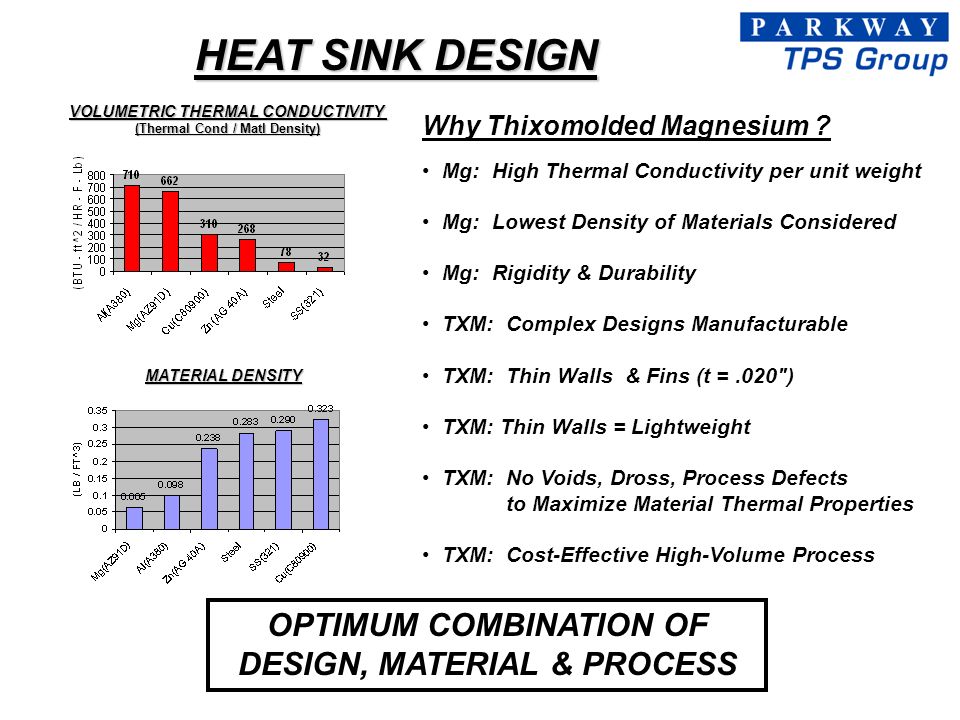How Do You Choose The Best Magnesium Thixomolding?
Automotive promising Automotive offers the promise of huge volumes and larger parts. ``Everybody in the magnesium industry is speaking about the automotive industry and all the good the automotive industry can do for magnesium,'' said Claude Winandy, who edits the weekly online newsletter Light Metals News from Denmark. But there are several roadblocks.
``Aluminum and steel, they have muscle,'' Winandy said. As for magnesium, ``This is a small industry. The car industry is a large industry and they are used to working with other large industries, like aluminum and steel.'' In the Detroit area, car engineers drive to work past billboards proclaiming the benefits of steel, aluminum and plastics. Magnesium Thixomolding.
40 a pound, according to speakers. ``This makes it more competitive with steel and aluminum,'' Winandy said. But he said magnesium producers may have to sign long-term contracts to give automakers the pricing stability they crave.
In automotive applications, it turns up in steering components, seat and sunroof tracks, and interior frames, not to mention "mag" wheels. More recently, it's being used in roof, hood, and rear-deck lids, manifolds, cylinder head covers, and oil pans. It is even being tested for use in engine blocks (Magnesium Thixomolding). And for similar reasons, magnesium is showing up in motorcycle and bicycle parts, such as lightweight frames.
It has excellent electrical characteristics, excellent thermal conductivity, is reasonable in cost, and is easily recyclable - Magnesium Thixomolding. For these reasons, it's a very desirable material, and we can expect to see magnesium in a growing range of applications as technology for its use and fabrication continues to develop. Besides machining, which is typically used when small numbers of parts are needed, the primary fabrication methods for magnesium are: Extrusion: typically used for simple forms; Lost wax casting: a complex process of about a dozen steps that produces near-net parts and can be used for prototyping of complex designs; and Die casting and thixomolding: net-shape processes typically used for larger runs of complex magnesium parts.
The process uses specialized equipment for high-speed injection and uses inert gas to keep the heated magnesium from oxidizing. Magnesium Thixomolding. It can accurately produce complex geometries. It can also produce thinner walls and less porous parts than die casting, and in some cases, allows the molding of features that would require secondary operations for die cast parts.
In some ways, design rules for thixomolding are less stringent than those for plastic injection molding, but the technology does have specific requirements. Because the thixotropic mixture must fill the mold quickly, uniform wall thickness is critical. Draft requirements for ease of ejection are less stringent than for plastics, but must still be considered.

Operators handle waste carefully to prevent accumulation and exposure to ignition sources. They keep appropriate fire control equipment handy, and molding processes use inert cover gases to prevent heated magnesium from igniting. With these precautions in place, magnesium is no more dangerous than hundreds of other materials we use safely every day.
Magnesium parts can be shipped via common carrier with no special precautions, and the fact that magnesium is being used in engine blocks is an indication of just how stable it can be. Another issue in using magnesium is also related to its quick oxidization. Depending on the conditions of use and if alloys are not carefully chosen, the material may corrode.

评论
发表评论